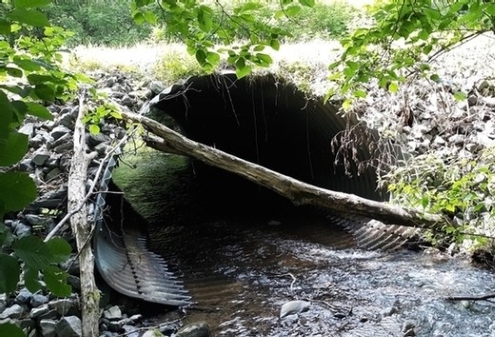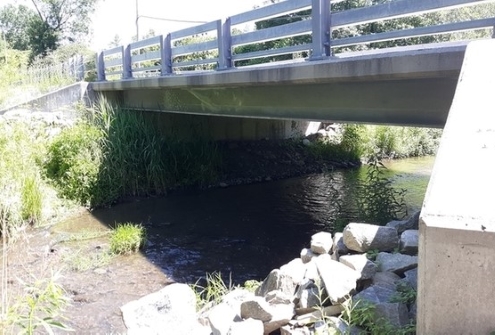As everyone knows, Washington county is a large county with much of its total acreage dedicated to farming and dairy production. I like to occasionally spotlight things going on in the county that might be of interest. Today, I wanted to explain what the Washington County Soil & Water Conservation District (SWCD) does.
The Washington County Soil & Water Conservation District (SWCD) is a unique unit of local government that was founded in 1945. Their mission is to assist agricultural producers, rural landowners and municipalities with the management, conservation and best use of our natural resources. In plain terminology – they protect the County’s soil and water resources while maintaining the viability of agriculture as a preferred land use.
Culverts: Not Just for Human Use
by Laura Generous, District Technician

While many of us pay little attention to the culverts or bridges we pass on our daily commutes, or maybe just look at the picturesque water that flows through, aquatic critters must face the challenges they pose to get from one section of stream to the next. The North Atlantic Aquatic Connectivity Collaboration (NAACC) has set up a protocol to inventory culverts and bridges across the northeast.
Trained individuals use a variety of tools to record field observations of culverts and bridges along transportation routes such as roads, railways, and trails. These observations are then entered into a database, scored, and mapped. While the primary objective is to determine if the culvert is passable to aquatic organisms such as fish, frogs, and turtles, it also considers passage for our four-legged friends such as chipmunks, fox, and deer.

It is also a great way to determine the condition of the culvert, which can help highway workers add another — just cause for replacing something that may fail soon. These inventories help conservation efforts of several agencies and non-profits by ranking culverts as to the ability for an aquatic critter to get from one side of the culvert to the other.

This ranking can show funding sources and be used in grant applications to help replace these culverts, so they are safer for use to drive over as well as easy to pass through for our aquatic friends. Look at the pictures and think about which you would rather “swim” through, and which are a little unwelcoming.
Administrators Note: Many thanks to the Washington County Soil & Water Conservation District and Laura Generous for their permission to reprint their article and pictures here.
